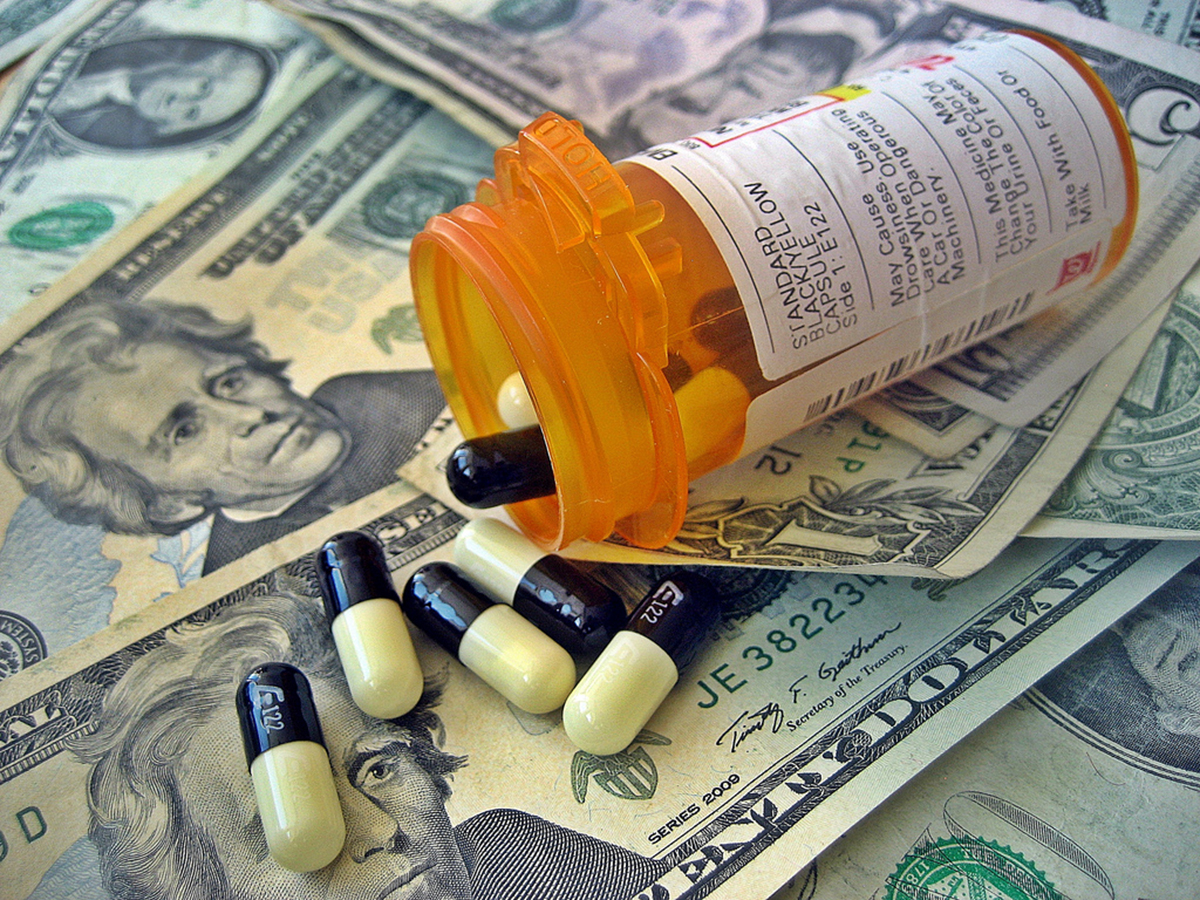Table of Contents
In April of 2015 a group of ear, nose, and throat doctors published a study of chronic sinus infection patients at the Memorial Hospital at the University of North Carolina at Chapel Hill. They reported that people who "sinus allergies" tended to differ in surprising ways from people who have "sinus fungus," a more serious condition.
The people who had problems with sinus allergies tended to come from wealthy counties (such as Orange County, the location of Chapel Hill). The people who had the more serious problems with fungal infections of the sinuses tended to come from poorer counties (such as Robeson county, in the southeastern corner of the state). People who had allergies tended to be employed and to have professional jobs that paid good wages. People who had fungal infections tended to be disabled, earning minimum wage, or on Social Security. The symptoms of both diseases are the same. One is simply a lot easier and a lot less expensive to treat than the other.

Getting In A Car Crash Costs More If You Are Poor In The USA
The US state of Nebraska keeps track of data about the victims of non-fatal car crashes. From 2007 through 2012, they kept track of the cost of hospital care for the victims of car crashes. The study found that it costs a lot more to be poor and uninsured (that is, not to have health insurance) when you are in a car crash than it costs to be employed, in a good job, and fully insured.
Not only did poor people wind up getting much bigger bills for their treatment after they were in a crash, they were less likely to get follow-up care. They usually were forced to go to the emergency room for visits that cost thousands of dollars rather than to their primary care providers for visits that cost a few hundred dollars. Minor injuries were far more likely to result in hospital stays for poor people, while wealthier people were usually treated in the ER or in their doctors' offices and sent home. That was because poor people could only get coverage to be seen on an emergency basis, and otherwise got no medical care at all.
Cancer Is Less Survivable If You Are Poor In The USA
Breast cancer is still the most common kind of cancer among American women. American females in the top 20 percent of incomes have an 87.8 percent chance of living at least five years after diagnosis. American females in the bottom 20 percent of income have a 71.5 percent chance of living at least five years after diagnosis. Put another way, women who have money have a 23 percent higher chance of living five years when they get breast cancer. Women who have money have a 69 percent higher chance of living ten years after they are diagnosed with breast cancer in the USA.
READ The Americans Obamacare Forgot
Poor people are sicker people in the United States, but why should wealthier Americans care? Aside from the fact that the second-rate healthcare poor people actually gets costs more, it also is usually paid for with tax dollars. Inequality adds to the tax burden of middle-income Americans, too.
- Lu-Myers Y, Deal AM, Miller JD, Thorp BD, Sreenath SB, McClurg SM, Senior BA, Zanation AM, Ebert CS Jr. Comparison of Socioeconomic and Demographic Factors in Patients with Chronic Rhinosinusitis and Allergic Fungal Rhinosinusitis. Otolaryngol Head Neck Surg. 2015 Apr 27. pii: 0194599815580978. [Epub ahead of print] PMID: 25917670.
- Photo courtesy of Images_of_Money via Flickr: www.flickr.com/photos/59937401@N07/6127243966
- Photo courtesy of Images_of_Money via Flickr: www.flickr.com/photos/59937401@N07/6127243966
- Photo courtesy of taberandrew via Flickr: www.flickr.com/photos/andrewbain/521898569


Your thoughts on this